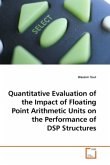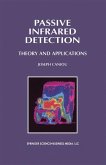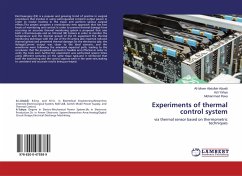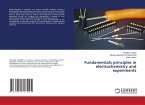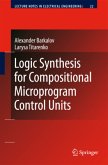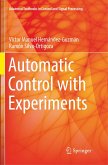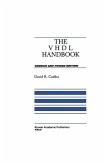Starting from pre-silicon verification, automotive electronic systems must ensure a high degree of reliability, while their functional and structural complexity constantly increases. Despite high performance simulation-based tools and methods, verification still requires too much effort. One of the reasons is the impact on the target functionality of sources of variability e.g. tolerances of components, which can come from internal or external influences. The work shows how the effects of several sources of variation, as well as the worst-case behaviour, can be analyzed. The steps to realize efficient simulation experiments, for reliable sensitivity and worst-case studies, are detailed. Concepts of Design of Experiments, metamodelling of the results space and random test are adapted and extended to perform such analyses. Results of experiments on selected automotive electronic control units reveal the efficiency of the proposed methods, compared to alternatives. Target audience: Engineers, as well as researchers and students, active in the fields of computer- aided design of embedded systems, simulation-based verification, reliability assessment.
Bitte wählen Sie Ihr Anliegen aus.
Rechnungen
Retourenschein anfordern
Bestellstatus
Storno


